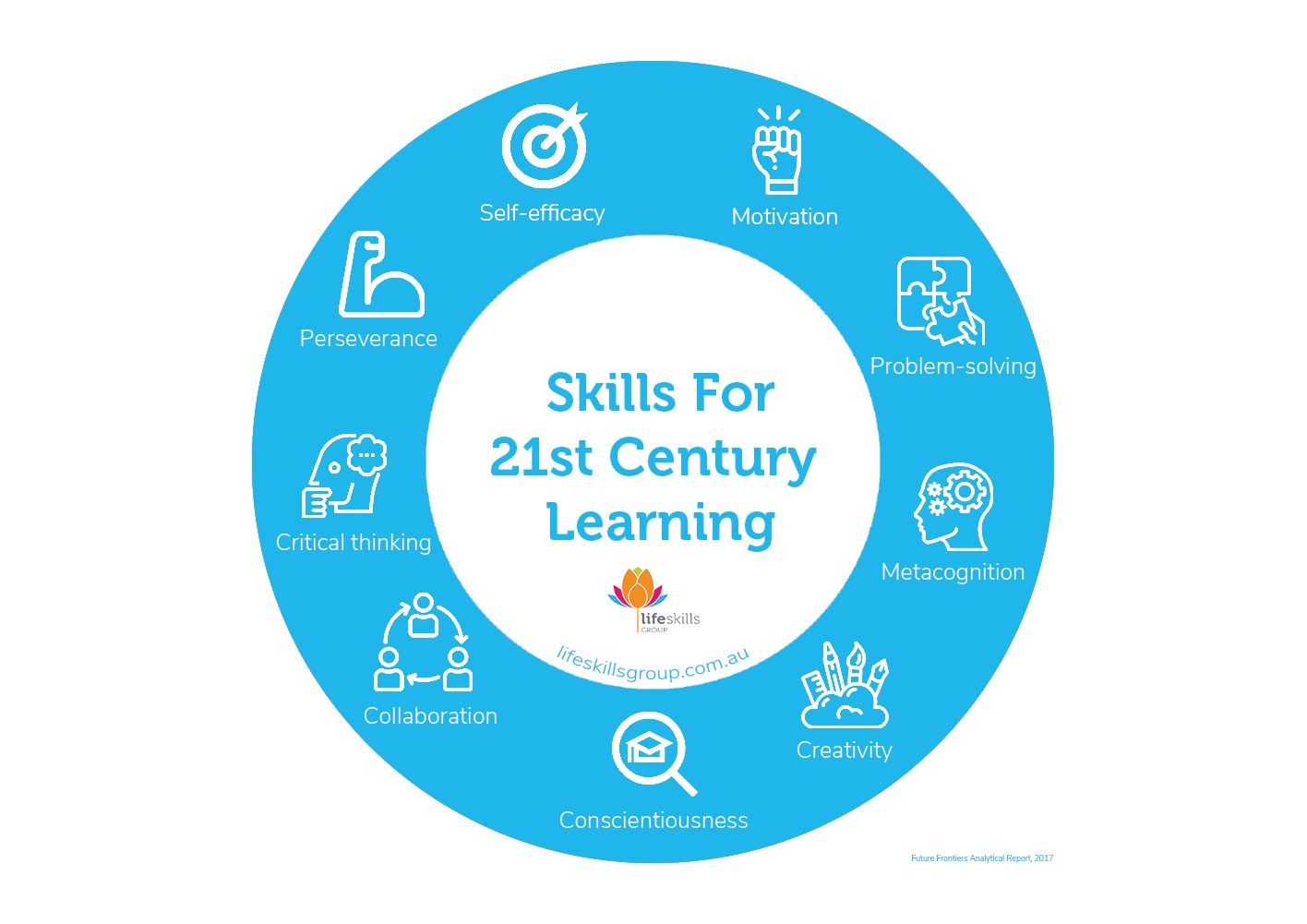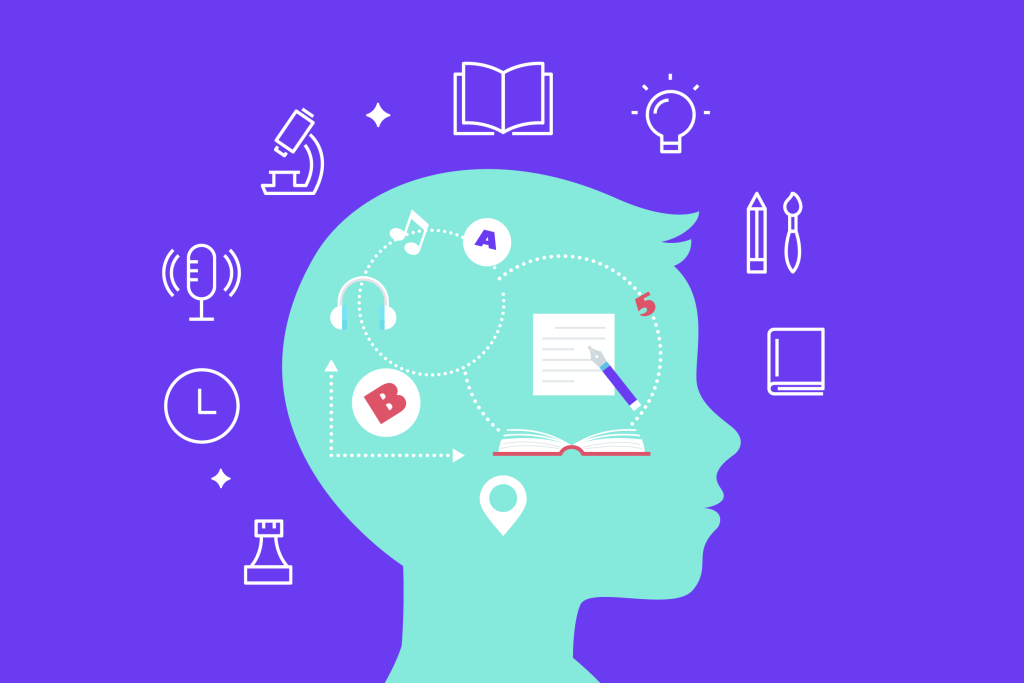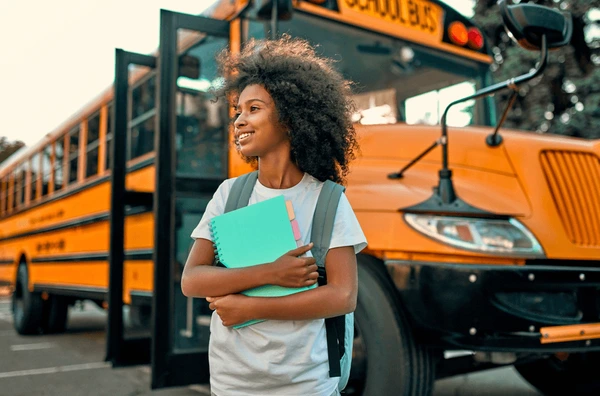In today’s rapidly evolving world, students need more than just traditional academic knowledge to succeed. 21st-century skills encompass a range of critical thinking, communication, collaboration, and technological literacy skills that prepare students for modern careers and life in a globalized society.
As technology advances and industries shift, education systems must evolve to ensure that students develop the competencies needed to thrive in the workforce and society. This article explores the core 21st-century skills, their importance, and strategies for integrating them into modern education.
What Are 21st-Century Skills?

🔹 21st-century skills refer to a set of abilities and knowledge that help students navigate the complexities of modern life and work.
🔹 These skills fall into three main categories:
- Learning & Innovation Skills (The 4Cs) – Critical thinking, creativity, communication, collaboration.
- Digital & Technological Literacy – Information, media, and technology skills.
- Life & Career Skills – Adaptability, leadership, social responsibility.
📍 These competencies enable students to succeed in the digital age, ensuring they are adaptable, innovative, and socially aware.
The Core 21st-Century Skills
1. The 4Cs of Learning & Innovation
📌 Critical Thinking & Problem-Solving 🤔
Encourages students to analyze, evaluate, and synthesize information.
Helps develop logical reasoning and decision-making.
📌 Creativity & Innovation 🎨
✔ Essential for problem-solving, entrepreneurship, and artistic expression.
✔ Encourages students to think outside the box.
📌 Communication 🗣
✔ Develops clear, persuasive, and effective speaking and writing skills.
✔ Includes verbal, non-verbal, and digital communication.
📌 Collaboration 🤝
✔ Encourages teamwork and cross-cultural understanding.
✔ Prepares students for globalized workplaces.
📍 Example: A group project where students develop a solution to a real-world environmental problem, requiring research, creativity, communication, and teamwork.
2. Digital & Technological Literacy
📌 Information Literacy 📚
✔ Ability to find, evaluate, and use information effectively.
✔ Helps prevent misinformation and promotes fact-based research.
📌 Media Literacy 🎥
✔ Understanding how media influences opinions and behavior.
✔ Teaches students to critically assess news, advertisements, and online content.
📌 Technology Literacy 💻
✔ Mastering digital tools, programming, and data analytics.
✔ Understanding cybersecurity, AI, and ethical tech use.
📍 Example: Teaching students how to fact-check online articles to avoid misinformation.
3. Life & Career Skills
📌 Flexibility & Adaptability 🔄
✔ Prepares students for rapidly changing job markets and technologies.
✔ Encourages resilience in problem-solving.
📌 Leadership & Responsibility 🌍
✔ Develops ethical decision-making, initiative, and accountability.
✔ Encourages community engagement and social awareness.
📌 Emotional Intelligence & Cultural Awareness 🌎
✔ Helps students manage emotions, work with diverse groups, and develop empathy.
✔ Prepares them for global collaboration and social responsibility.
📍 Example: Encouraging students to lead school initiatives or community projects.
Why Are 21st-Century Skills Important?
🚀 Essential for Career Success – Employers prioritize soft skills like communication, teamwork, and adaptability.
💡 Encourages Lifelong Learning – Students learn how to learn, not just memorize information.
📡 Prepares for a Digital Future – Teaches students to navigate AI, automation, and tech-driven industries.
🤝 Enhances Social & Emotional Intelligence – Helps students build meaningful relationships and cultural awareness.
📍 21st-century skills bridge the gap between academic knowledge and real-world application.
How to Integrate 21st-Century Skills in Education
📌 1. Project-Based Learning (PBL) 🎯
✔ Engages students in real-world problem-solving.
✔ Encourages critical thinking, creativity, and collaboration.
📌 2. Digital & Blended Learning 💻
✔ Incorporate AI-driven platforms, virtual reality, and coding into the curriculum.
✔ Use flipped classrooms where students learn online and apply concepts in class.
📌 3. Inquiry-Based Learning ❓
✔ Encourages students to ask questions and explore topics independently.
✔ Fosters a growth mindset and curiosity.
📌 4. Social-Emotional Learning (SEL) ❤️
✔ Helps students develop empathy, self-regulation, and interpersonal skills.
✔ Encourages teamwork and conflict resolution.
📍 Example: Assigning students to create a digital marketing campaign for a social cause, integrating creativity, tech skills, and collaboration.
The Future of 21st-Century Skills
🚀 AI & Automation – The rise of AI will make adaptability and digital literacy crucial.
🌍 Globalization – Cross-cultural collaboration and multilingual skills will be increasingly important.
📡 Lifelong Learning – The demand for continuous skill development will shape future education and careers.
📍 Educators, parents, and policymakers must work together to ensure students are ready for the challenges of the modern world.
Final Thoughts: Preparing Students for the Future
Equipping students with 21st-century skills ensures they are ready for the evolving job market, technological advancements, and global challenges. By integrating critical thinking, creativity, collaboration, and digital literacy into education, we can prepare them for a successful and meaningful future.
📚 Which 21st-century skill do you think is the most important? Share your thoughts below! 🚀🌍✨


